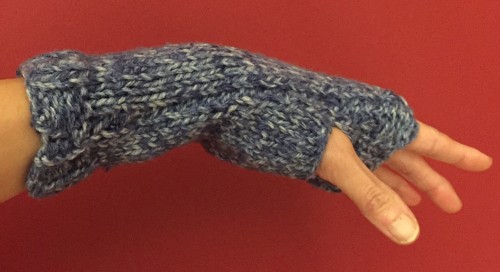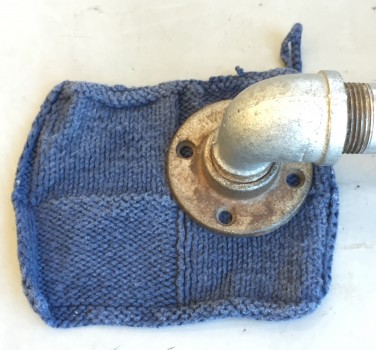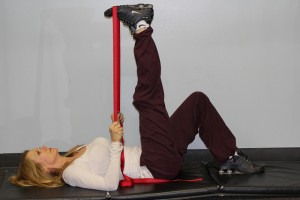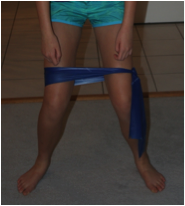 When did you start doing ballet as an adult?
When did you start doing ballet as an adult?
I started ballet when I was 31 and have been dancing for about two years now. I started pointe last September. I love it!
Did you ever take lessons as a kid?
I took ballet lessons for a few years in elementary school and quit after fifth grade. It was just something I did; I wasn’t passionate about it.
Why did you decide to take ballet as an adult?
I became really intrigued by ballet the summer I turned 31. I read a book where the mother was a former ballerina, and I sort of thought, “Oh yeah, ballet, that’s a thing.” I started watching ballet videos on YouTube, reading different ballet blogs, and looking at ballet-themed photos and posts on Pinterest. I became really interested in pointe work. It fascinated me. Finally, I decided to check out an adult ballet class with the goal of eventually getting to pointe.
Where do you take classes?
I take classes at a dance and yoga studio about ten minutes away from my house. The classes are small, and so I’ve been able to grow a lot in a short amount of time. It’s a really nice community there. I’ve taken other classes in different studios, both in the area and in the city, but nothing beats my local studio.
What is your favorite part about ballet?
I have so many! I’m really drawn to the emphasis on precision, even if I don’t always achieve it. I love the push to be both powerful and graceful simultaneously. I also love my pointe shoes. They are my prized possessions! I love the feeling of waking up the day after a great class and feeling the soreness that tells me I worked hard previous day. I also love grand allegro. Tendus are my favorite barre exercise. I have lots of favorite parts of ballet!
What is your least favorite part?
I have really tight hamstrings, so developpes and extensions in general are hard for me.
Who/What is your ballet inspiration?
I’m inspired by professional ballerinas, pointe shoes, classical ballet music, my ballet teacher, and other adult ballerinas who are out there making it happen, imperfect as we are!
What motivates you to keep dancing?
I’m motivated by my own goals. I love dancing en pointe, and it’s something you need to do consistently to keep it up.
Do you take any other dance classes?
No, just ballet.
What are your hobbies outside of ballet?
I run a literary magazine inspired by Virginia Woolf called Killing the Angel, and I recently wrote a short story called “After the Ballet”, now available on Amazon, in part inspired by the ballet world. I’m obsessed with French language, French culture, and lavender, so part of the story is set in France on a lavender farm! I also like cooking, knitting, and running.
What advice would you like to give to those who want to start ballet or have just started?
I would say to go for it! Don’t worry about the reasons not to go; just try it out. Also, if you don’t like your studio, try others until you find the right one. In my experience, having the right teacher and the right environment makes a big difference.
Do you have a blog?
I have a website for my literary magazine and indie press.
Photo by Skyler Fox
 Ballet saved me. Dance was medicine when nothing else was working.
Ballet saved me. Dance was medicine when nothing else was working.



































